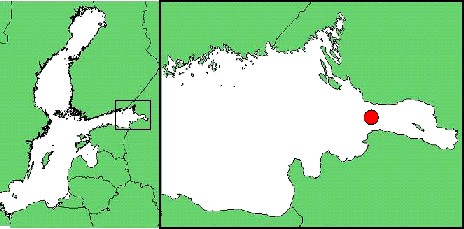New alien species found in the Baltic Sea
New alien species for the Baltic Sea has been found in the Russian part of the Gulf Finland by Dr. Alexander Antsulevich from St. Petersburg State University. The scientific name of the species is Stenocuma graciloides (Sars, 1894). It is a small crustacean invertebrates belonging in order Cumacea.

Stenocuma was found in a plankton sample in the offshore part of the Gulf, between the capes Stirsudden in the North and Shepelevsky in the South.
Stenocuma has its origin in the Black-Azov-Caspian sea area (i.e., Ponto-Caspian region). In to the Baltic Sea it has most probably been introduced by shipping from northern Caspian Sea.
Cumaceans are a most unusual group of Crustaceans. They are almost exclusively marine but estuarine species do occur, such as Stenocuma which has high tolerance to salinity. An other cumacean species, Diastylis rathkii, is living in the Baltic Sea but that species is marine and do not tolerate the prevailing low-salinity conditions in the Gulf of Finland.
Usually, cumaceans burrow into the surface of sandy and muddy sediments but they can also be found on the sediment trapped among macroalgae. At night they can be active swimmers in the open water and this is probably where mating occurs. Food is obtained by filtering water just above the sediment and also grazing on the surface of sand grains.

Schematic view of a cumaceans (drawing taken from http://www.mov.vic.gov.au/crust/cumabiol.html ]where additional information on cumacenas can be found).
Follow up:
Stenocuma graciloides http://www.zin.ru/projects/invasions/gaas/stegra.htm ;
The Baltic Sea Alien Species Database http://www.ku.lt/nemo/mainnemo.html ;
Location of the species on the GIS "Invasive Species of the Baltic Sea" http://www.zin.ru/rbic/projects/invader/ .

